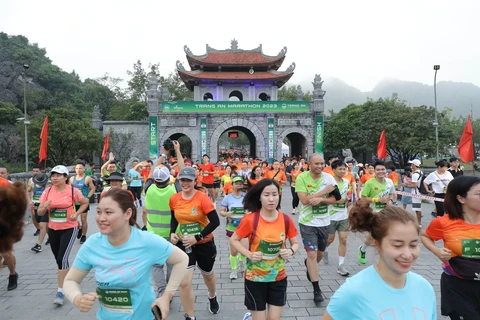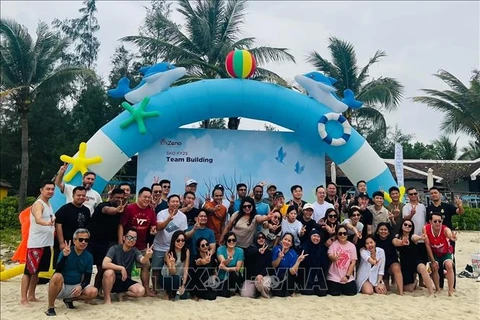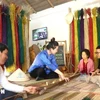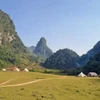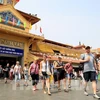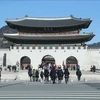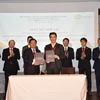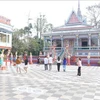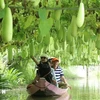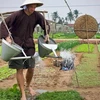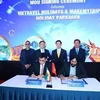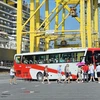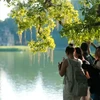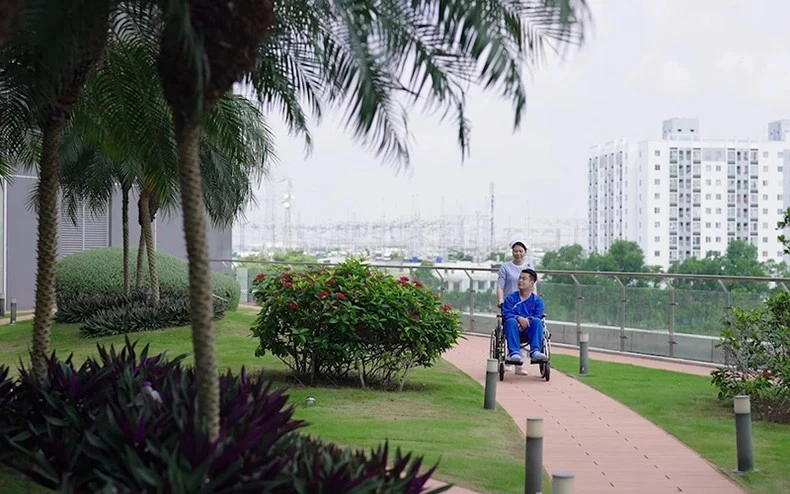
Hanoi (VNA) – Boasting diverse health establishments, high-quality services and highly skilled health workers, Ho Chi Minh City is striving to tap into its medical tourism potential to attract more domestic and foreign visitors.
Last year, local medical tourism enjoyed strong progress as the southern metropolis announced 30 combo medical tours tailored to the need of domestic and international travellers, launched a video clip about local medical tourism, and fine-tuned the medical tourism guide that is available in six languages.
Notably, in the medical tourism guide, visitors can find details about hospitals providing medical tourism products as well as associated travel companies, hotels, and service suppliers. The guide came as a result of the coordination between the municipal departments of tourism and health in developing medical tourism.
Besides, the two departments built criteria for the participating health establishments to follow, launched a specialised website, and learned medical tourism experiences of Thailand and Cambodia.
Many businesses are also moving to develop medical tourism products.
Tran Quang Duy, Director of the Chim Canh Cut Travel Service JSC, said one of his company’s products is a tour in which travellers receive dental care, taste healthy dishes, and explore such destinations as the HCM City Odonto-Stomatology Hospital and the Saigon Opera House.
Meanwhile, the SacoTravel company is offering such services as health examination at the HCM City University of Medicine and Pharmacy Hospital, the Cho Ray Hospital and the HCM City Heart Institute, or aesthetic dental care.
Interested in medical tourism, some districts in the city have also worked with travel firms to design related tours. For example, District 10 debuted the “Health Street” and some medical tourism products in 2023.
Chairwoman of the District 10 People’s Committee Nguyen Thi Thu Huong said the launch of the “Health Street” and medical tourism products will create conditions for businesses to advertise and connect those products with traditional ones, thus diversifying tourism products in the district.
Bui Thi Ngoc Hieu, Deputy Director of the municipal Tourism Department, admitted that apart from certain achievements, there remain shortcomings such as a shortage of manpower proficient in foreign medical languages, unprofessional marketing of medical tourism products, and lack of international health certification that makes it impossible for foreign patients to use international insurance.
Another problem many travel firms are concerned about is the overload at state-run hospitals. They said in some in-depth fields, only state-run hospitals have modern machinery and capable health workers to conduct consultation and treatment, but the current overload is affecting the quality of medical tourism services.
Nguyen Minh Man, Director for Communications - Marketing at TST Tourist, said medical tourism in Vietnam, including HCM City, is still at the initial stage despite considerable potential. Travel companies are still working to determine their products and target groups of clients.
He held that promotion activities are important to medical tourism. Each hospital should develop its typical products to combine with tourism and introduce them to international visitors.
TST Tourist will pay more attention to medical tourism since more travellers from Australia and Europe are showing interest in health services when coming to HCM City, Man continued.
Nguyen Van Vinh Chau, Deputy Director of the municipal Health Department, said to develop medical tourism, it is necessary to identify and capitalise on the health sector’s strengths.
The local health sector has obtained significant achievements in infertility treatment, high-technology screening for cancer, general check-up, traditional medicine, dentistry, functional rehabilitation, and cosmetic surgery, among others, which could be developed into medical tourism products for domestic and international travellers, according to the official.
Tourism authorities should connect with suppliers of medical tourism services, hotels, and resorts to create an ecosystem able to provide quality services. A switchboard should also be set up to assist visitors with healthcare and related demands.
In the long run, the city needs to build a masterplan on medical tourism development until 2030 with a vision to 2045, continue standardising current tourism models, encourage relevant parties to develop tourism models based on their strengths, and capitalise on private health establishments, Chau added./.
